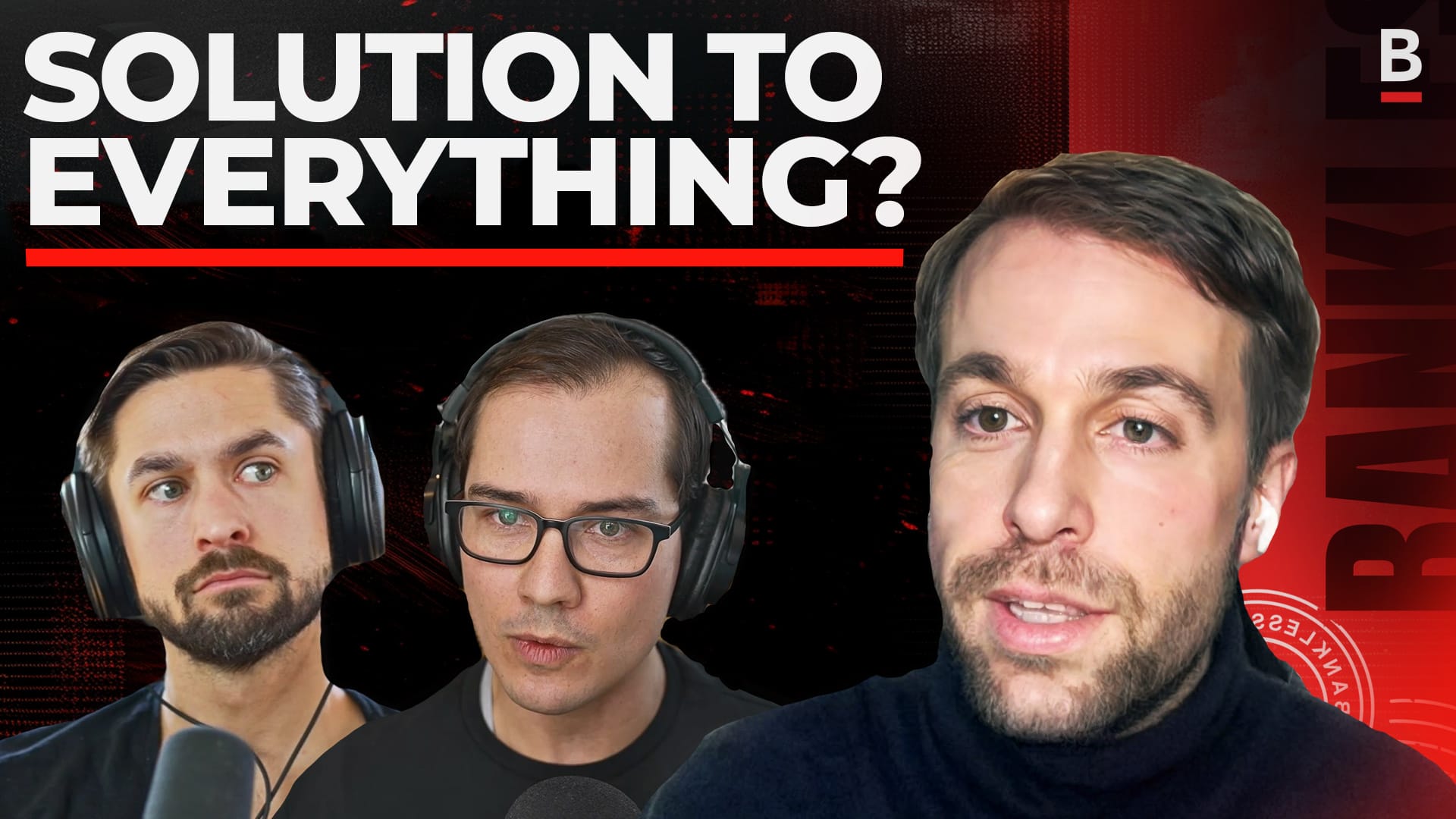🎬 DEBRIEF | Ryan & David Unpacking the Episode 🎬
In this episode, we’re joined by Ethereum researcher Justin Drake to explore the future of Ethereum and why he believes it’s “Based.” We cover the fundamentals of Based Rollups, how they differ from traditional rollups, and why Ethereum’s Layer 1 is uniquely positioned as the optimal sequencer for Layer 2 rollups. Justin explains how this shift could reduce fragmentation within Ethereum and what it means for ETH as an asset. Don’t miss this primer on Based Rollups and how they could reshape Ethereum’s ecosystem.
The Future of Ethereum is “Based”: A Deep Dive into Based Rollups with Justin Drake
Ethereum is on the brink of a transformative evolution with “Based Rollups,” a new approach to Layer 2 scaling that’s set to leverage the power of Ethereum’s Layer 1 as a centralized sequencer. We recently discussed this with Justin Drake, a leading researcher at the Ethereum Foundation, who shared why Based Rollups represent the future of a more interconnected, efficient Ethereum. Here’s what you need to know:
What Are Based Rollups? Based Rollups are a specialized form of rollups that rely on Ethereum’s Layer 1 for transaction sequencing. Unlike traditional rollups that operate independently, Based Rollups use Ethereum’s mainnet to sequence transactions, potentially bringing a more cohesive and integrated ecosystem. They introduce a “federated” or “permissionless” sequencer model, streamlining how rollups process transactions while preserving decentralization.
The Difference from Traditional Rollups Traditional rollups handle transaction sequencing independently, sometimes leading to network fragmentation and varied user experiences. By aligning sequencing with Ethereum’s Layer 1, Based Rollups simplify interoperability between rollups, improving user experience, security, and even gas efficiency. Furthermore, as Ethereum wasn’t initially designed for rollup sequencing, Based Rollups seek to address this limitation directly, potentially transforming Ethereum into a central “base” for the entire Layer 2 ecosystem.
Why Ethereum’s Layer 1 as a Sequencer? The rationale behind Ethereum as the primary sequencer is that it offers unparalleled decentralization and security. In a Based Rollup world, Ethereum would act as a neutral, censorship-resistant base for rollups to leverage, preventing real-time censorship and ensuring transaction integrity. According to Drake, this model would make Ethereum the foundational layer for rollups, turning it into the core economic and operational layer for decentralized applications.
Benefits and Potential Misconceptions With Based Rollups, users could experience lower gas fees and more seamless cross-rollup interactions. However, a few myths surround them: while some believe Based Rollups will route all revenue back to the base layer, the truth is more nuanced. Based Rollups do not inherit the full censorship resistance of Ethereum but could still provide significant decentralization benefits, depending on the implementation.
A Look at Teams Building the Future Notable projects like Taiko, Puffer, and Spire are already working on Based Rollups, with whispers that other prominent rollups may follow suit. This new wave could lead Ethereum to a future where it acts as a “Superchain” supporting interoperable zones for various applications, marking a leap forward for the Ethereum ecosystem.
Why Now? As more Ethereum users demand a better user experience, and scalability remains a priority, Based Rollups offer an innovative way forward. Drake suggests that we may soon see a critical mass of teams embracing this approach, turning Ethereum into the most secure and centralized base layer, reinforcing its role in the decentralized world.
Final Thoughts Based Rollups present an exciting and potentially disruptive shift in Ethereum’s roadmap. As Drake put it, “once you go base-pilled, you don’t go back.” This future might not be here just yet, but the momentum is undeniable. For those building on Ethereum, now is the time to understand Based Rollups—before the landscape transforms yet again.
